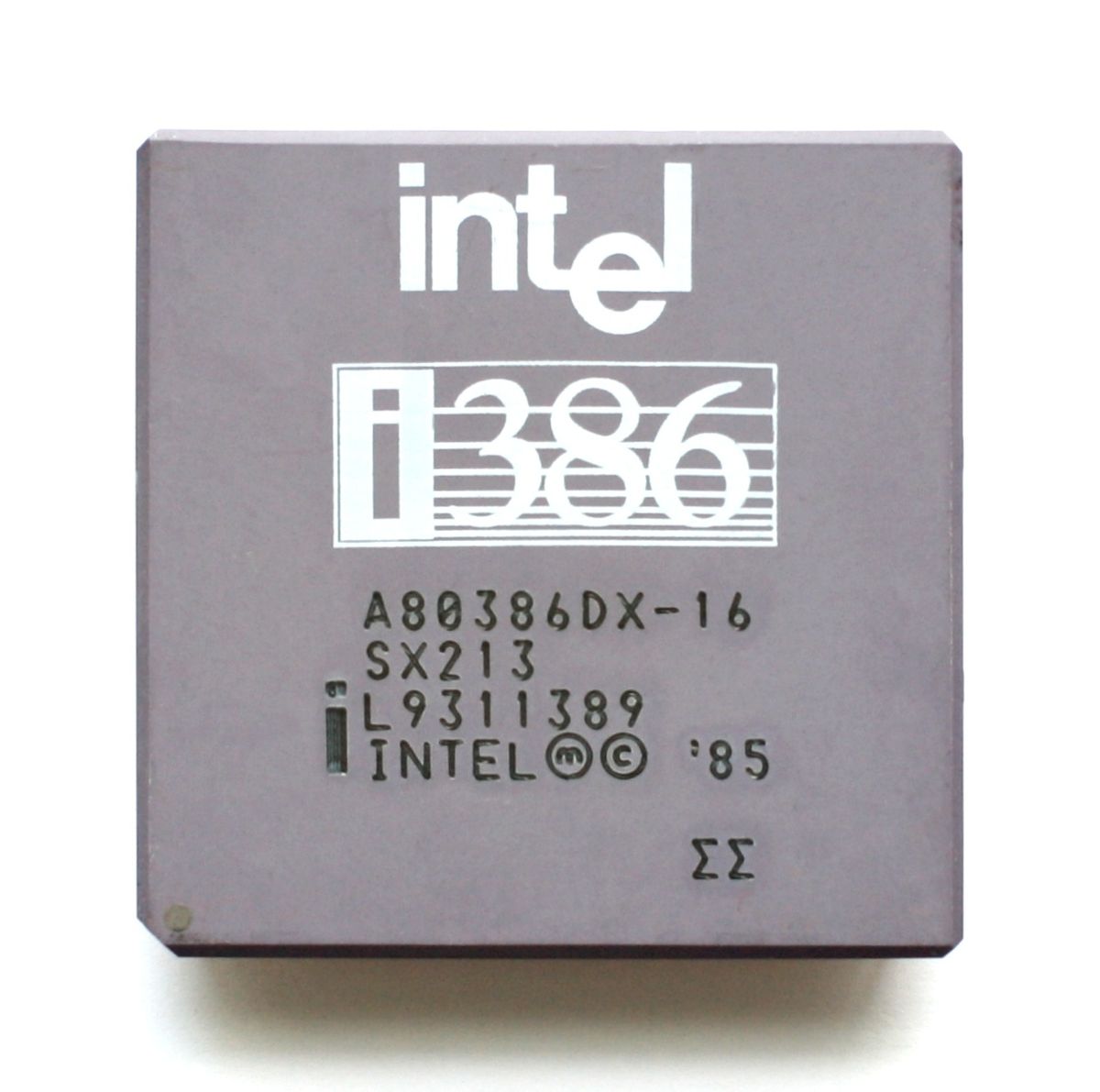Git repos have lots of write protected files in the .git directory, sometimes hundreds, and the default rm my_project_managed_by_git will prompt before deleting each write protected file. So, to actually delete my project I have to do rm -rf my_project_managed_by_git.
Using rm -rf scares me. Is there a reasonable way to delete git repos without it?
You should have backups. Preferably also snapshots. Then rm will feel less scary.
If you’re that worried, why not run chmod -R u+w .git inside the project dir to “un write-protect” the files, then just ascend to the directory containing the project dir (cd …) and use rm -r without -f?
The force flag (-f) is the scary one, I presume?
So… you’re afraid of the command that does the thing you’re trying to do?
More like, I’m afraid of the command doing more than I’m trying to do.
What I want to do is ignore prompts about write-protected files in the
.gitdirectory, what it does is ignore all prompts for all files.so why not
rm -rf folder/.git/*thenrm -r folder/*Maybe they’re afraid of accidentally writing
rm -rf folder/.git /*or somethingThat’s a good example. If I’m regularly running a command that is a single whitespace character away from disaster, that’s a problem.
Imagine a fighter aircraft that had an eject button on the side of the flight stick. The pilot complains “I’m afraid I might accidentally hit the eject button when I don’t need to”, but everyone responds “why would you push the eject button if you don’t want to eject?”, or “so your concern is that the eject button will cause you to eject…?” – That’s how I feel right now.
How about writing a script to automate the deletion, thus minimizing the chance of human error being a factor? It could include checks like “Is this a folder with .git contents? Am I being invoked from /home/username/my_dev_workspace?”
In a real aviation design scenario, they want to minimize the bullshit tasks that take up cognitive load on a pilot so they can focus on actually flying. Your ejector seat example would probably be replaced with an automatic ejection system that’s managed by the flight computer.
I understand the mindset you have, but trust me, you’ll learn (sooner or later) a habit to pause and check your command before hitting enter. For some it takes a bit longer and it’ll bite you in the butt for few times (so have backups), but everyone has gone down that path and everyone has fixed their mistakes now and then. If you want hard (and fast) way to learn to confirm your commands, use dd a lot ;)
One way to make it a bit less scary is to ‘mv <thing you want removed> /tmp’ and when you confirmed that nothing extra got removed you can ‘cd /tmp; rm -rf <thing>’, but that still includes the ‘rm -rf’ part.
Generally that is not a concern because regular users won’t be able to
rmanything else other than those in his own $HOME.Another thing I want to say is, command line is for careful users. If someone is careless, they should create a wrapper around
rm, or just use a FM.
You just need to do this then
cd git-project rm -rf .git cd .. rm -r git-projectWith
rm-r is for ®ecursion and -f is for F(force) disabled the prompting. So, use -f on the .git directory which has the files you want to obliterate, and leave it off for the safety prompts.
Cd into the directory first, then run rm -rf, then cd back out and rm -r just the directory.
git rebase doesn’t work?
use relative paths (cd into the directory below your repository) and use tab completion, and you won’t have problems.
https://github.com/nivekuil/rip This is what you’re looking for
OSX - mv my_project ~/.Trash
A tip I saw some time ago is to do:
rm folder -rfAdditionally you could move the git folder to the trash folder. I think it’s usually located at $HOME/.local/share/trash/files/
Then you can delete it from the trash once you’re certain you got the right folder
Additionally you could move the git folder to the trash folder. I think it’s usually located at $HOME/.local/share/trash/files/
Moving something to the trash files folder isn’t the correct way to trash it, since the Trash specification requires storing some metadata for each trash item.
You should use eg.
trash-cliinstead.xdg-trash
The problem is that
rm -rfshouldn’t scare you?What are the chances something like
~/projects/some-project $ cd .. ~/projects $ rm -fr some-projectmay delete unexpected stuff? (especially if you get into the habit of tab-completing the directory argument)
You can use
ls <PATH>first to check you are deleting the right files. I do this and I’ve never accidentally deleted the wrong files (using rm).chmod -R 777 my_project_managed_by_git && rm -r my_project_managed_by_gitUse rm -rf. If you are scared of mistakes, type
echo rm -rf nameofdirectory, check it, go back, delete theechoand press enter.








